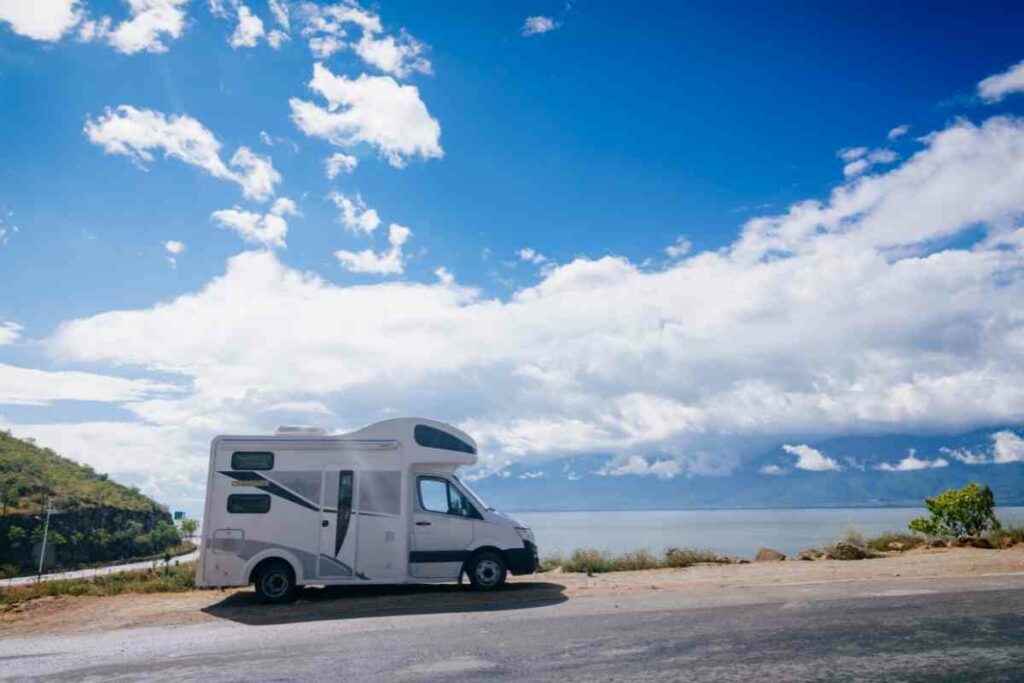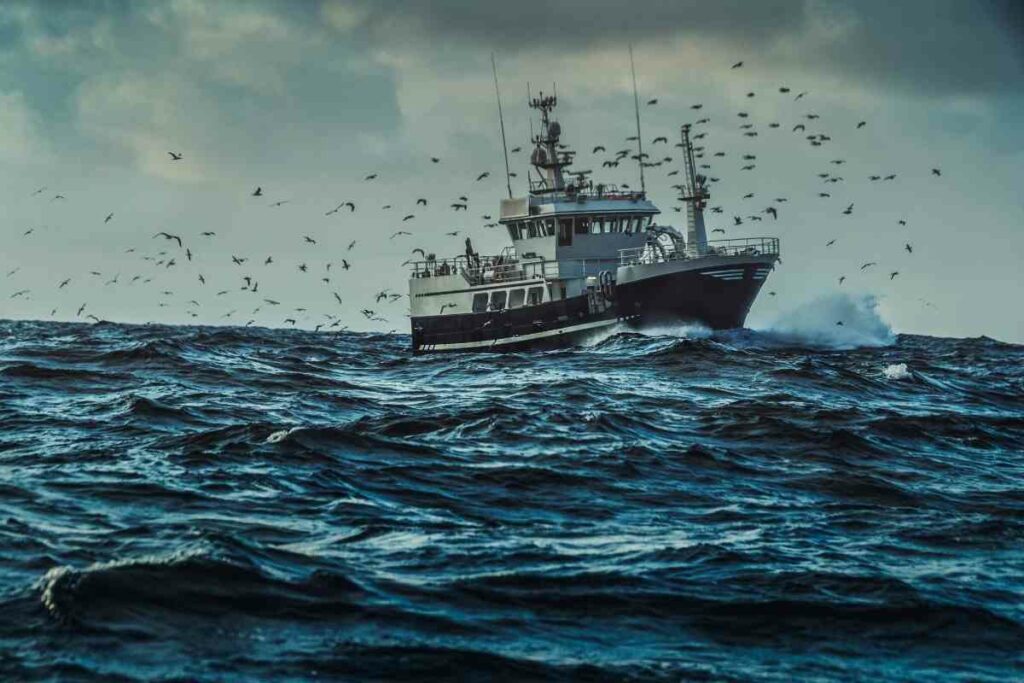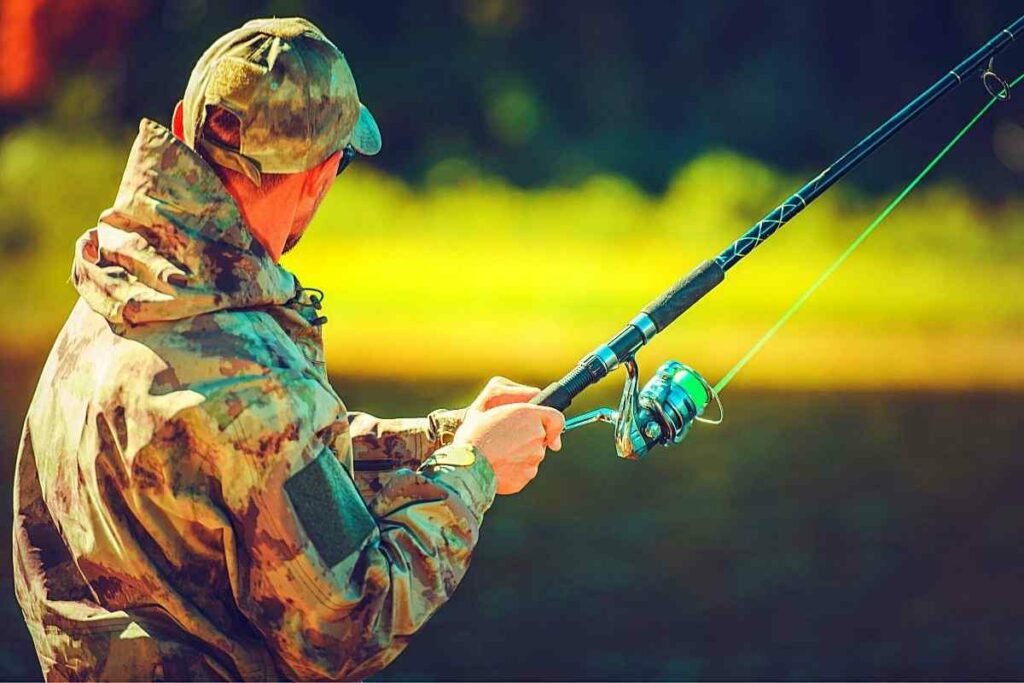Running headlong into freezing water sounds insane to most people.
But for some reason, thousands of people around the world abandon self-preservation to take part in polar bear plunge events.
If you’re wondering if immersion or swimming in icy cold water can ever be good for you, this article explores key polar plunge benefits, and soberly asks if a polar bear plunge can be dangerous.
What is a polar plunge?
A polar plunge or polar bear plunge is a seasonal event where people immerse themselves or swim in bodies of water in low or freezing temperatures!
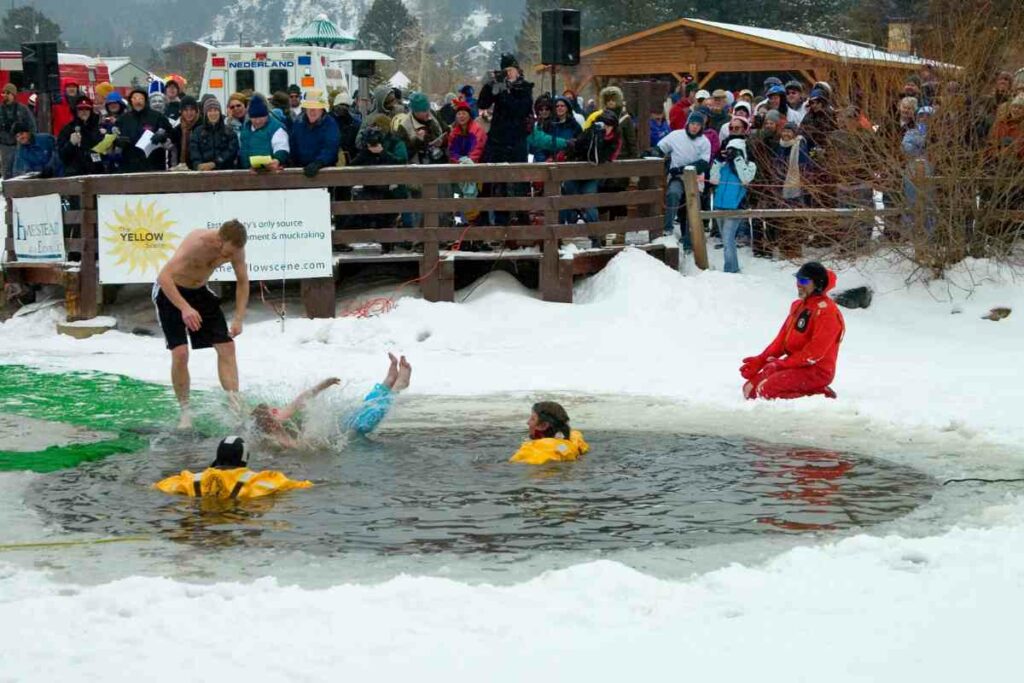
It is traditional in many of the colder northern hemisphere countries and has been more widely adopted globally, with polar plunge events held in many locations on New Year’s Day.
If jumping into freezing water sounds crazy, it sure is.
People perform polar plunges for charity, as a show of bravado, or test of endurance.
Some are novices, others are regular winter swimmers or ice bath enthusiasts.
The polar plunge is now so popular that people travel to experience immersions in the icy waters and seas of locations across the globe.
Where can I take a polar plunge?
Nordic ice baths are the original polar plunge
The Scandinavian countries (and Russia) are known for their enjoyment of ice baths and extol their numerous health benefits, explained below.
Ice baths are part recreation and part healthcare and ritual with many local traditions, myths, and legends tied in with the bathing experience.
Take a look at an ice bath in Copenhagen, Denmark:
Keeping up the tradition in Canada
Canada is one of the leading destinations for polar plunges, with its cold climate ideal for cold water immersion and winter swimming.
Plunges have been adopted by the First Nations peoples.
The polar plunge is now a largely attended New Year’s Day tradition, with thousands of Canadians swimming, dipping, or plunging in ice water as a celebration or for charity.
Some of the largest gatherings are in:
- Calgary
- White Rock
- Vancouver
- Bowen Island
- Edmonton
Take a look at the Polar Bear Plunge in Lake Huron, Canada:
Plunging polar bear-style in the USA
Americans have embraced the “Polar Bear Plunge” as a social event and fundraiser.
Multiple polar bear plunge events are held throughout the USA, all year round. A notable polar plunge is the annual Super Bowl Sunday event in Long Island.
Other plunges that attract large crowds can be found in Boston, Milwaukee, Michigan, New Hampshire, Coney Island, and New Jersey.
UK winter swims and polar plunges
Christmas and Boxing Day swim in icy UK waters has been immensely popular for many years, with big events running in each of the four countries.
Take a look at the massive Exmouth Christmas Swim.
Other UK hotspots for polar plunges include:
- Brighton
- Lowestoft
- Loony Dook, South Queensferry, Scotland
Polar plunging in the Netherlands
Like their Scandi neighbors, the Dutch are polar plunge (known as Nieuwjaarsduik in) enthusiasts with winter swims and ice plunge events held across the country during the colder months.
Thousands gather in resorts like Scheveningen to test the icy water with a winter swim.
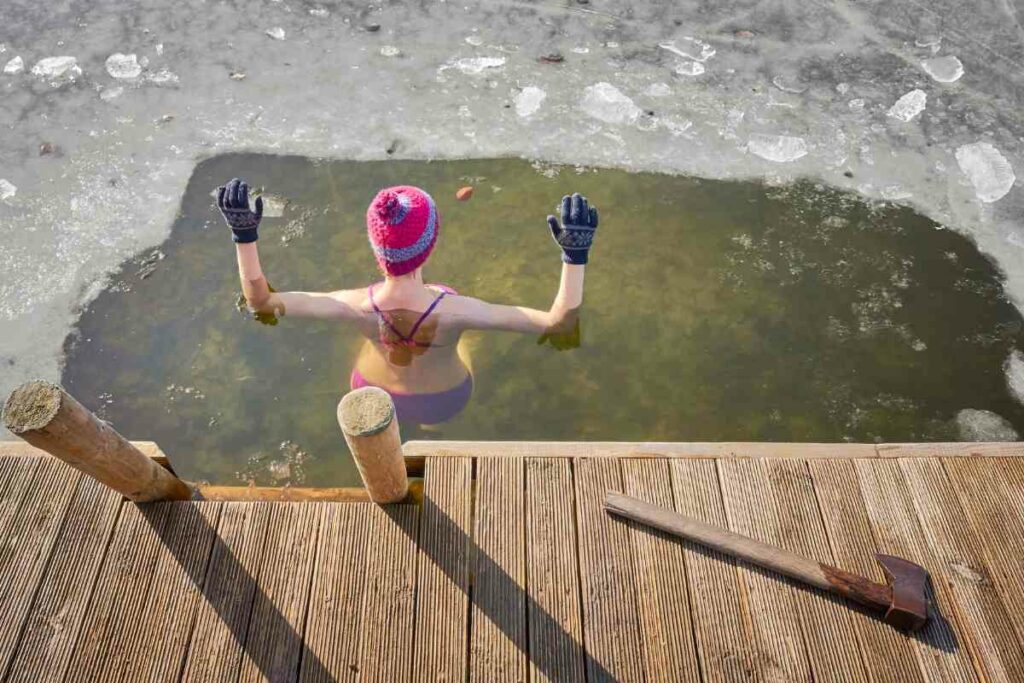
Some of the 89 official Dutch polar bear plunge events include Westland and The Hague.
New Zealand’s popular polar plunges
Australia and New Zealand have their winter between June and August and take advantage of it to hold many polar bear plunge events.
Popular locations include
- Papamoa Beach
- Saint Clair Beach
- Castlecliff
Here is a polar plunge, NZ-style.
South Korean love icy dips
It may be hard to believe, but even the South Koreans are getting in on the polar plunge experience!
An annual winter swimming contest is held in the port city of Busan, in the southerly part of South Korea.
This is a massive event attracting participants and observers from all over the country as you can see in this video.
Polar plunge benefits
Many cold water swimmers enjoy the polar plunge because of the health benefits it brings.
Cold water immersion is fêted among many cultures, particularly in northern hemisphere countries where it is revered as a bringer of good health.
A wide range of clinical studies has investigated the benefits of exposure to cold water.
Here’s what they found.
Cardiovascular polar plunge benefits
Polar plunges and other cold water immersions are associated with positive effects on cardiovascular health.
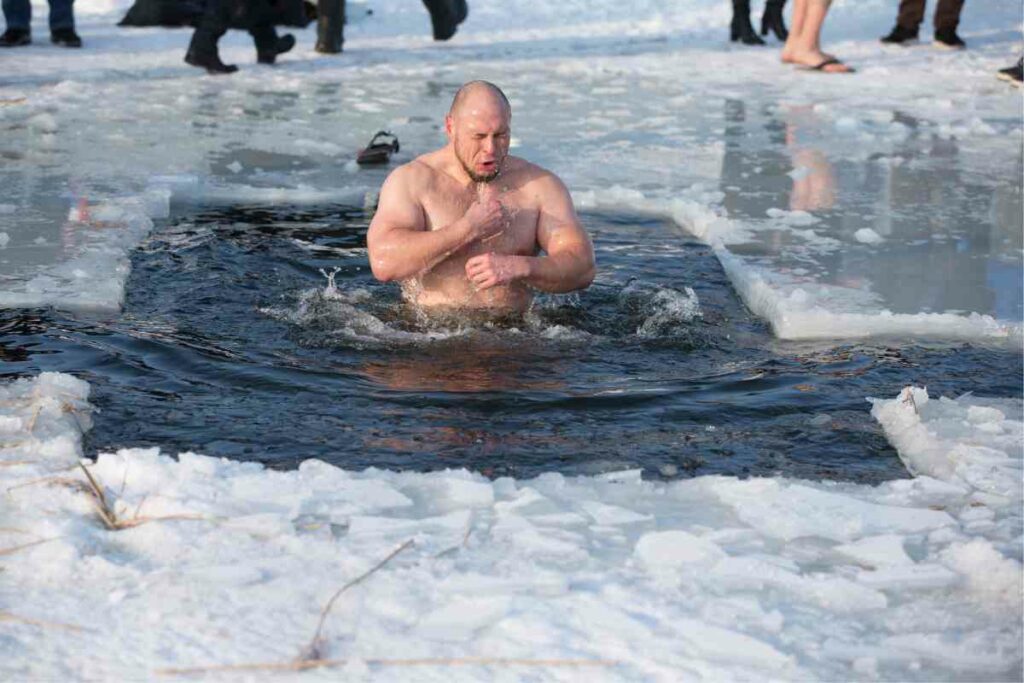
Scientists have found that cold water immersion is associated with a positive lowering of blood pressure and improvement of blood lipid profile (cholesterol levels).
An interesting study from the University of Bern in Switzerland found that the condition of heart failure patients was not worsened by undergoing a Finnish sauna followed by 12-degree Celsius head-out immersion.
The immune system benefits from a polar plunge
People who regularly swim in cold water have been found to have a reduced incidence of upper respiratory tract infections like the common cold.
This is partnered by changes in the levels of white blood cells (leucocytes and monocytes) that have been identified in several studies.
Hormonal effects of a polar plunge
A polar bear plunge could have a beneficial effect on your hormonal profile.
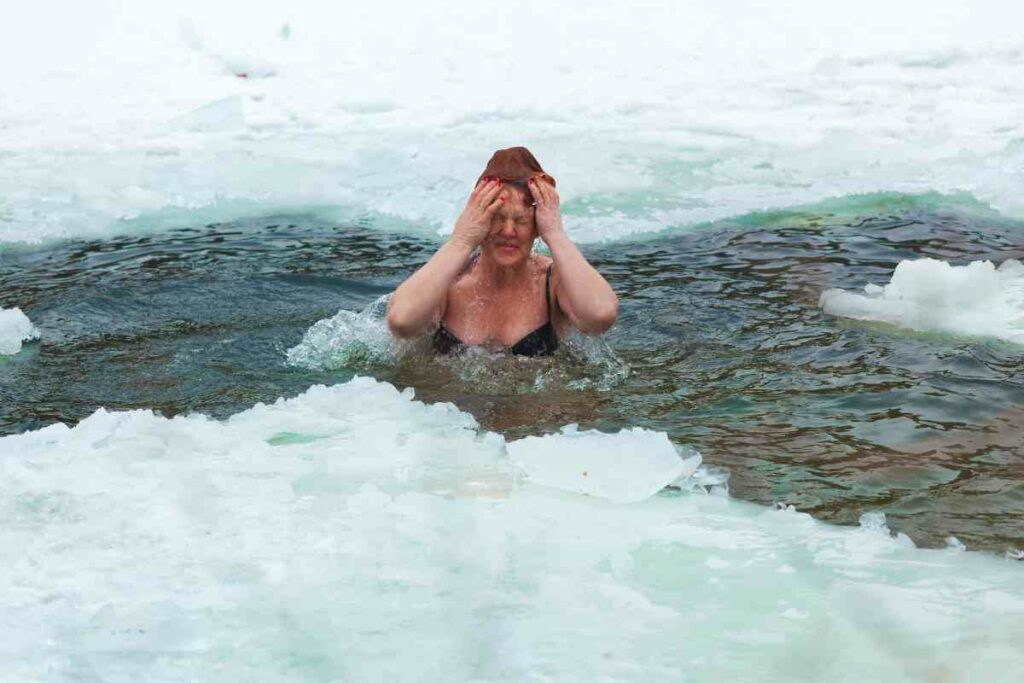
Researchers found that the cold stress associated with cold water immersion and winter swimming was associated with favorable changes in levels of insulin, thyroid stimulating hormone (TSH), and cortisol, demonstrating that cold water swimmers had adapted to stress.
Polar plunge joint benefits
Cold water immersion or swimming has long been known to ease musculoskeletal injuries and conditions like arthritis.
This is because the cold water helps to reduce muscle and joint swelling, easing pain and reducing stiffness.
An added benefit of a polar plunge in seawater is that it can cook and calm inflammatory skin conditions like eczema and psoriasis.
A polar plunge can improve mental health and well-being
An icy dip is certainly exhilarating, and many people believe that this physical and mental challenge can boost your mood and general well-being.
Some studies have shown that cold water swimming can help to improve mood disorders like depression and anxiety.
This is thought to be because immersion in cold water causes the release of catecholamines that have an antidepressant effect.
Are polar plunges dangerous?
Extreme cold may currently be in vogue, but the effects on your health can be extremely dangerous.
The sudden immersion of your body in cold water is one of the greatest challenges it can experience.
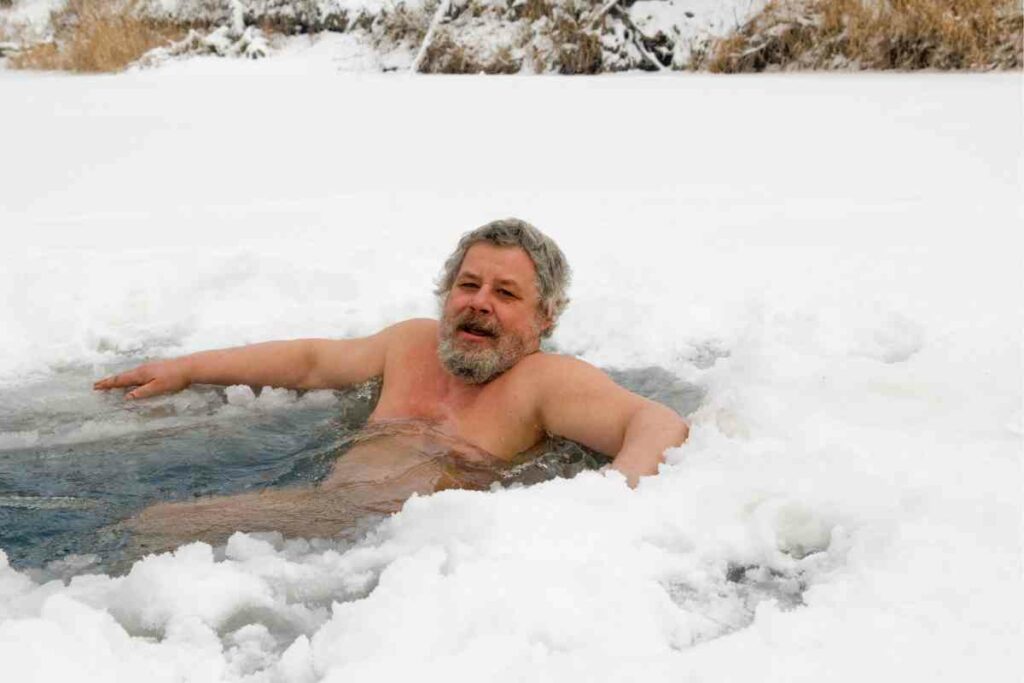
An icy plunge is promoted for purported health benefits or even, as in the case of Thor actor Chris Hemsworth, a display of endurance or bravado.
But it’s vital to remember that an icy plunge can quickly kill. The sudden shock of extreme cold is a dangerous challenge to virtually every body system.
Even if the water you plunge into is not freezing the sudden induced temperature drop could prove fatal.
According to National Center for Cold Water Safety, immersion in water with temperatures below 60 degrees Fahrenheit (15 degrees Celsius), can kill an adult in under one minute.
Polar plunges can trigger the cold shock response
You may think you can hold your nerve as you plunge into freezing water, but your body will have other ideas.
A polar plunge triggers the parasympathetic nervous system (PNS), the system that triggers your fight or flight response.
This can push someone into serious shock with a reflex increase in heart rate, respiratory rate, and blood pressure, enough stress on the cardiovascular system to trigger a heart attack.
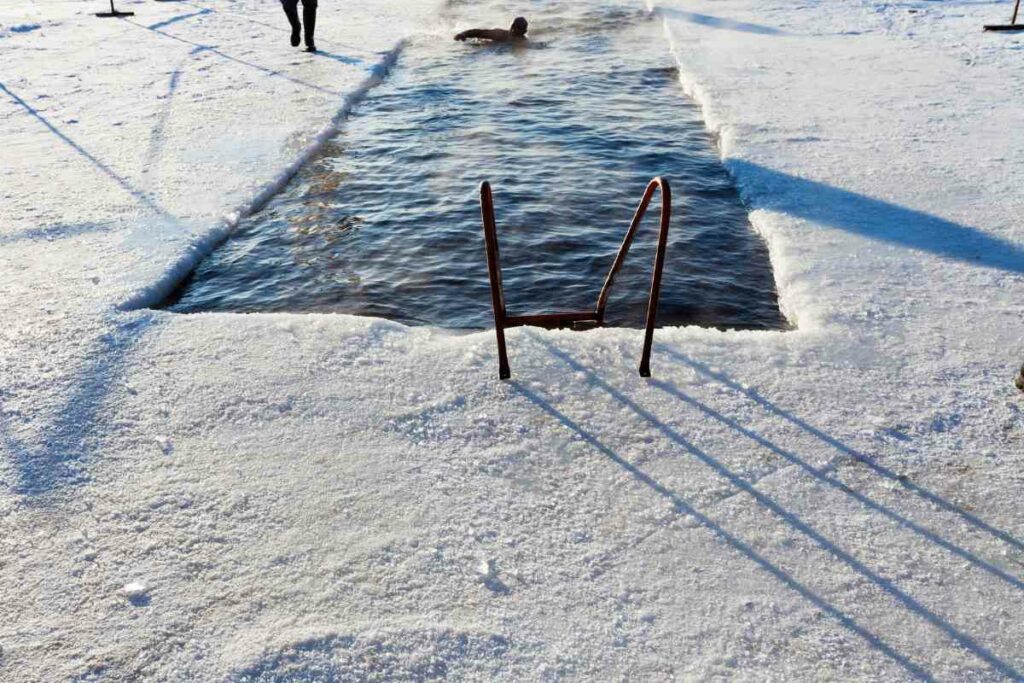
Medical research has even shown that people who habitually swim in cold water have raised levels of troponin, a marker for heart damage.
Involuntary gasping is another killer, with ice water being taken into the lungs leading to drowning.
The most dangerous time during a polar plunge is within the first minute, as novices may struggle to control their breathing and may find it to keep moving in the icy water.
Multisystem effects from cold water exposure
According to the CDC cold water can kill 25 times faster than air.
This sudden temperature swing causes shock because blood is shunted to the vital organs to preserve them, at the expense of skin and muscle.
The effects of sudden onset hypothermia from a cold plunge include:
- a loss of muscle strength and coordination
- Cramping
- violent shivering
- difficulty thinking and confusion
- incapacitation and swimming failure
- inability to keep the head upright
The difference between being badly chilled and frankly hypothermic is impossible to tell.
Once your body temperature drops after a polar plunge, the body loses heat faster than it gains it.
After a polar plunge, you may require careful rewarming and support to ensure that your core temperature is adequately raised.
Afterdrop phenomenon means cold can catch up with you long after your plunge
Experienced polar plunge veterans are wary of the phenomenon known as afterdrop.
This is where a person’s core temperature keeps dropping after appearing to have been adequately rewarmed.
This is extremely dangerous as someone can go home feeling warm and succumb to hypothermia, suffering collapse several hours after their swim.
Prolonged rewarming for many hours after the swim is the best protection for afterdrop.
Where you take your polar plunge counts too
A polar plunge is a risky activity, and if you decide to have a go, you need to take your plunge in a location where personal safety and supervision are assured.
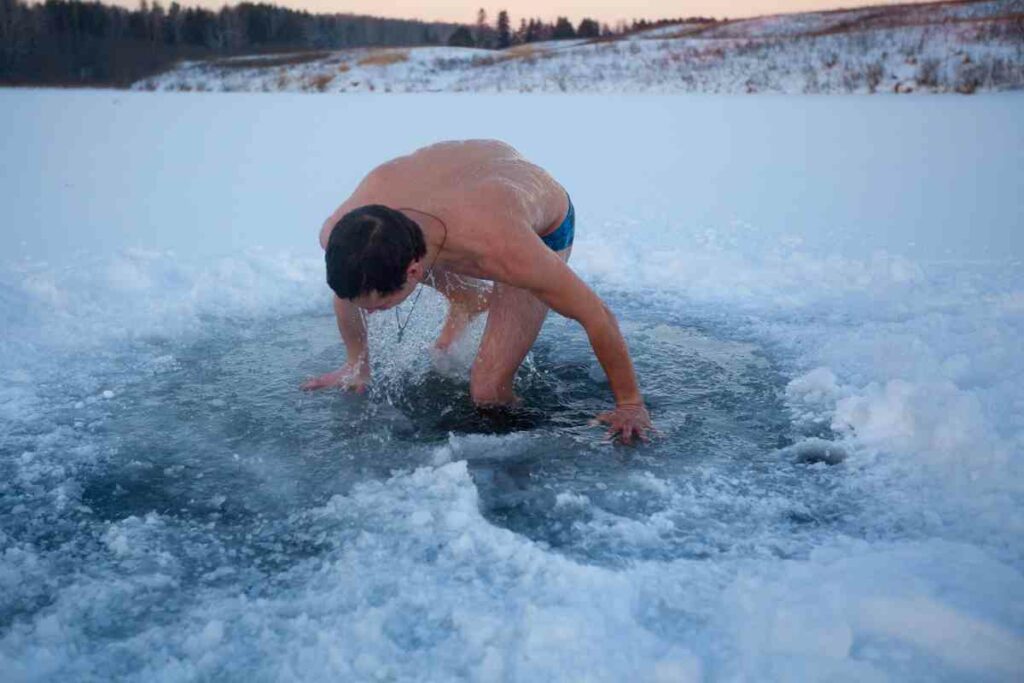
In cultures where ice plunges are common, people take a variety of precautions including:
- having people ready to pull the immersed person out of the water
- keeping ambulances on standby and having suitable first-aid expertise
- local knowledge that ensures the water where immersion takes place does pose a risk to themselves or others
- Ensuring frozen rivers and lakes are suitably frozen.
Taking a dip in icy water in the wrong location has caused deaths.
A tragic example is the 2022 case of Anna Uskova, a 40-year-old mother who was swept away by strong currents when taking an ice plunge in a freezing river in Russia. Her body has never been found.
To survive a polar plunge, preparation is key
You may think that ‘survive’ is too strong a word, but as you can see, the cold water immersion involved in a polar plunge carries significant risks which are highest if you have never taken a dip in such cold water before.
Acclimatization makes all the difference
Researchers who have investigated cold water immersion in cultures that routinely do it have found evidence that people can acclimatize or adapt to the icy dip.
It is possible to improve the body’s tolerance to cold water immersion by exposing yourself to progressively colder water over time.
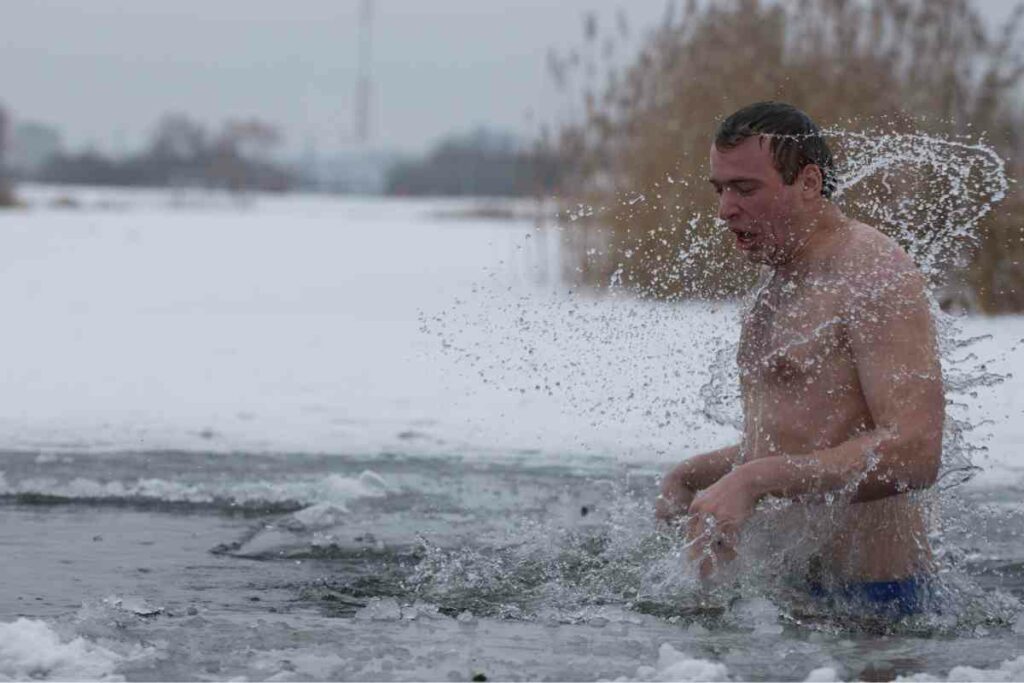
Experienced cold water and winter swimmers advise that this practice can dampen the cold water shock response and improve endurance.
Experienced winter or ice swimmers only enter cold water after habituating themselves, taking key precautions that include:
- Spending time in outdoor bodies of water like rivers and lakes in the warmer months.
- Continuing to swim in outdoor water as the temperatures fall to become habituated to lower temperatures.
- Taking cool or cold showers and baths at home.
- Breathing cold air by being active outside in winter weather.
- Putting ice water on the back of the neck.
These strategies help to prime the nervous system for sudden exposure to cold water when you take your polar plunge.
In addition, experienced cold water swimmers ensure that they swim or plunge as part of a group that has medical support on hand and access to the equipment needed to rapidly rewarm participants.
Active recovery is important. After a plunge or swim, immediately get out of any damp clothing and into dry clothes. Move near to a space heater and take in a warm drink.
Rounding up
A polar plunge sounds invigorating, but the risks of cold water immersion are substantial, especially if you’ve never done this before.
For individuals with a history of cardiovascular disease, polar plunges are extremely dangerous, especially if they are on medications that dampen the protective physiological responses.
For a successful plunge, preparation is a non-negotiable!

